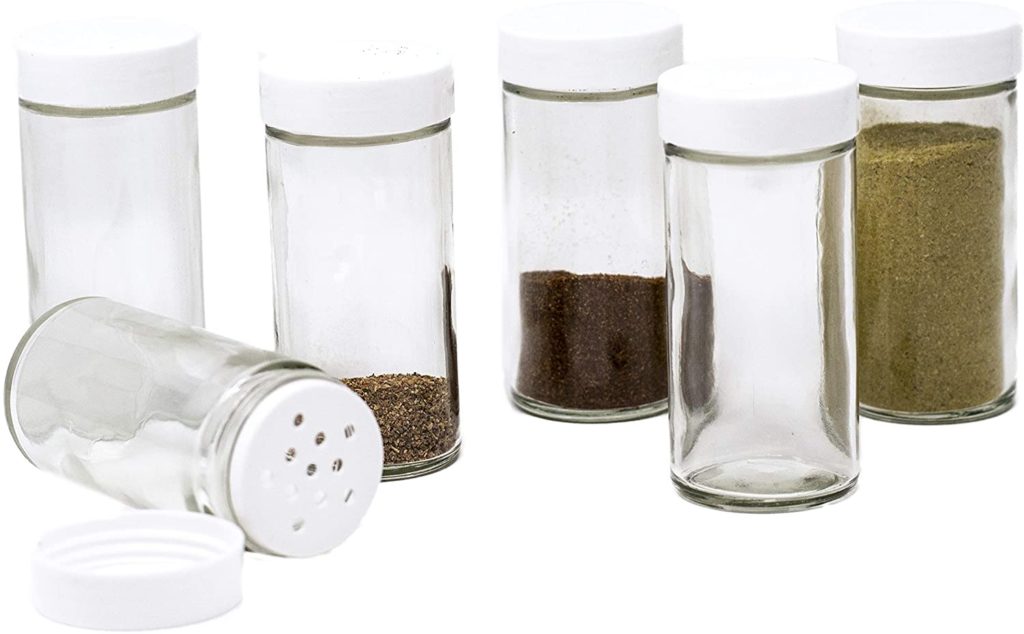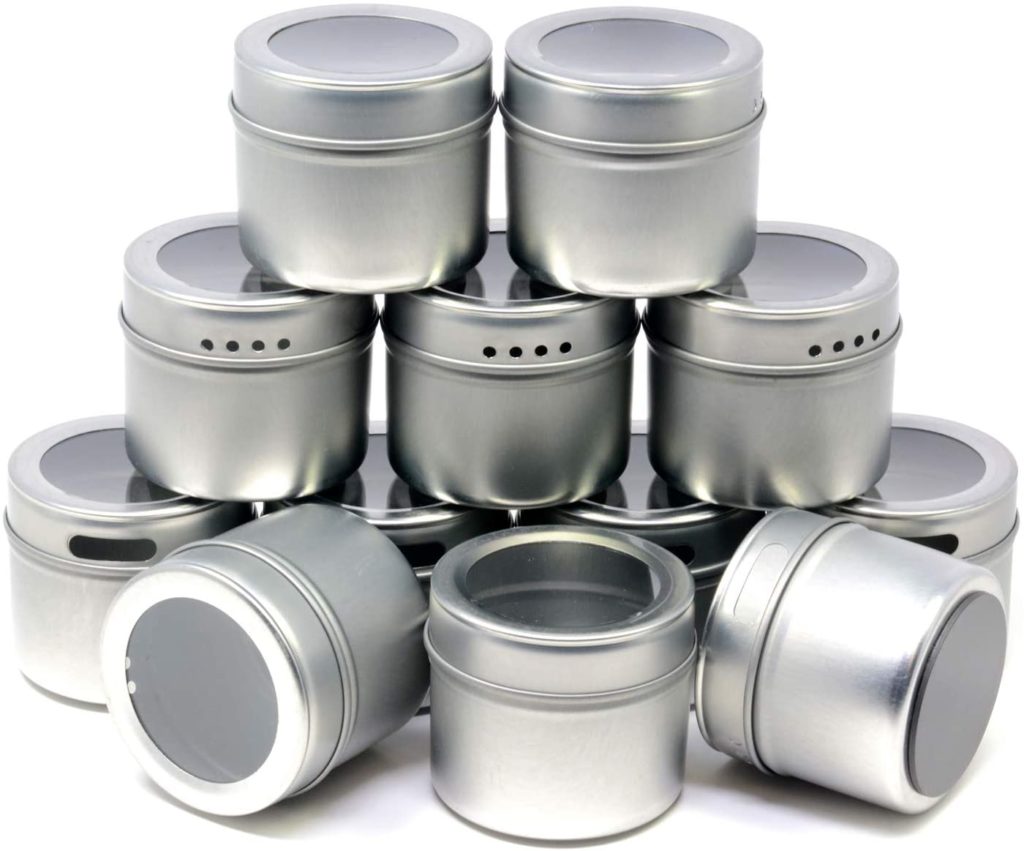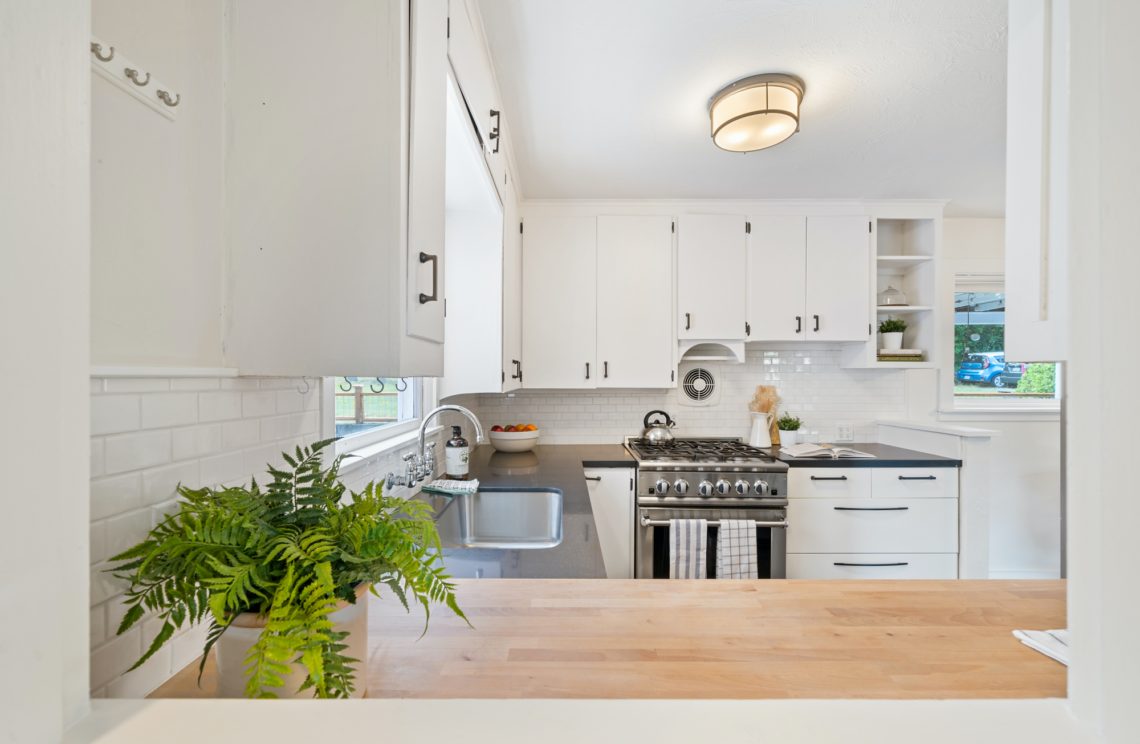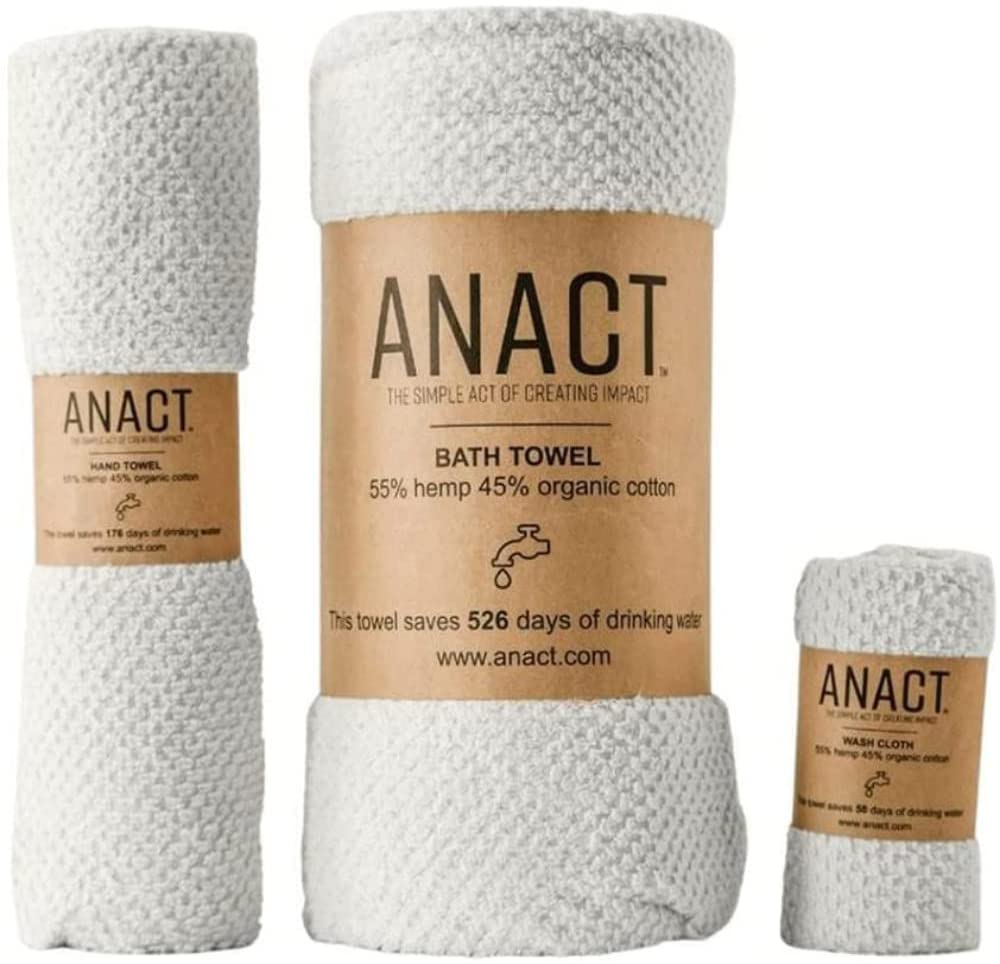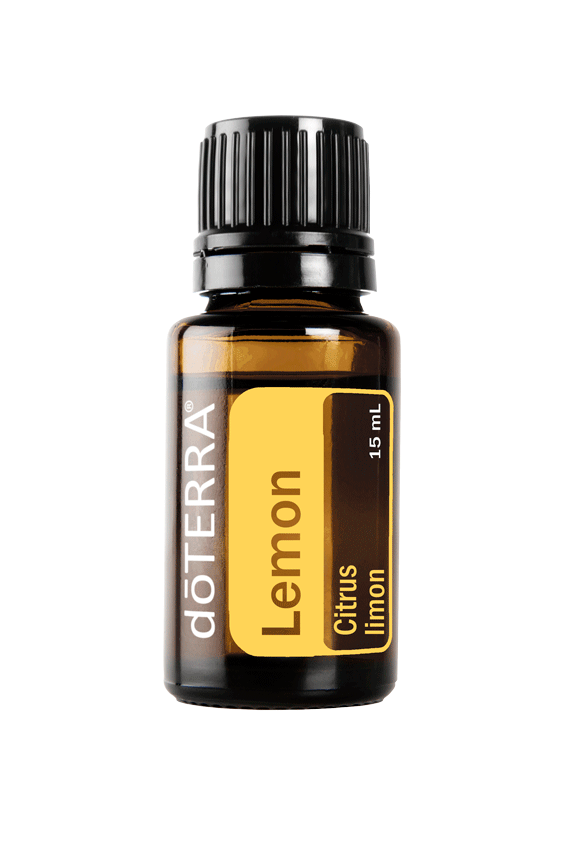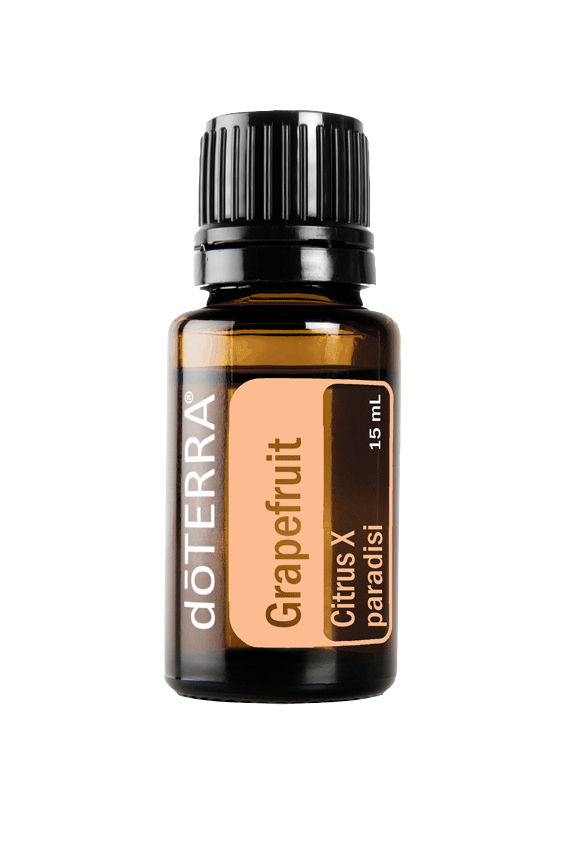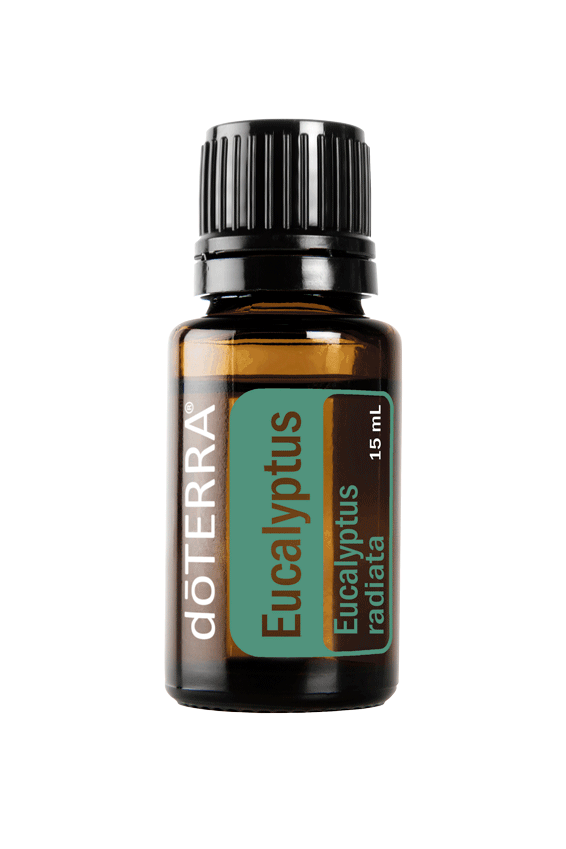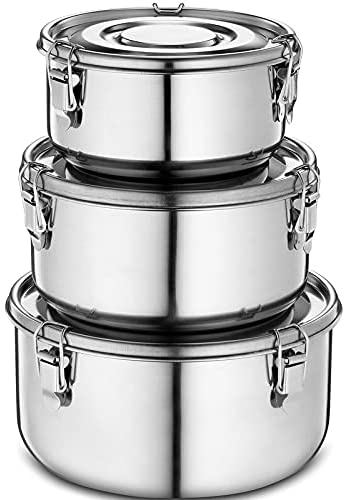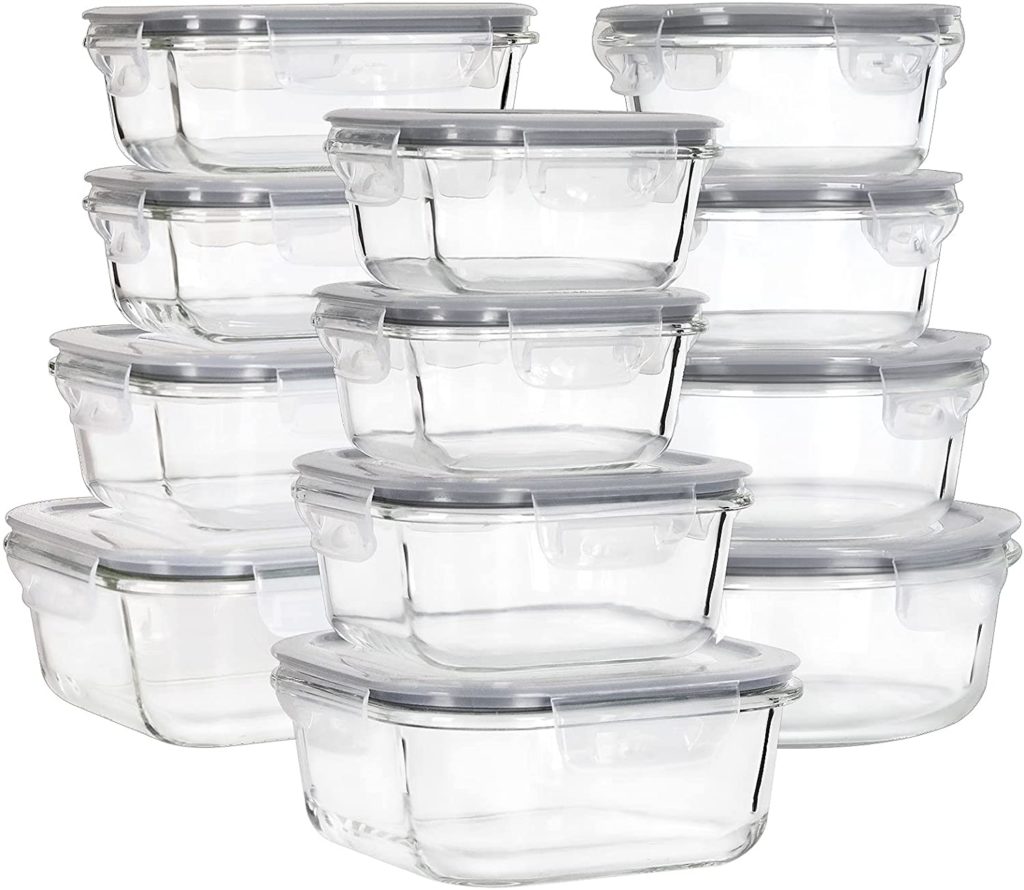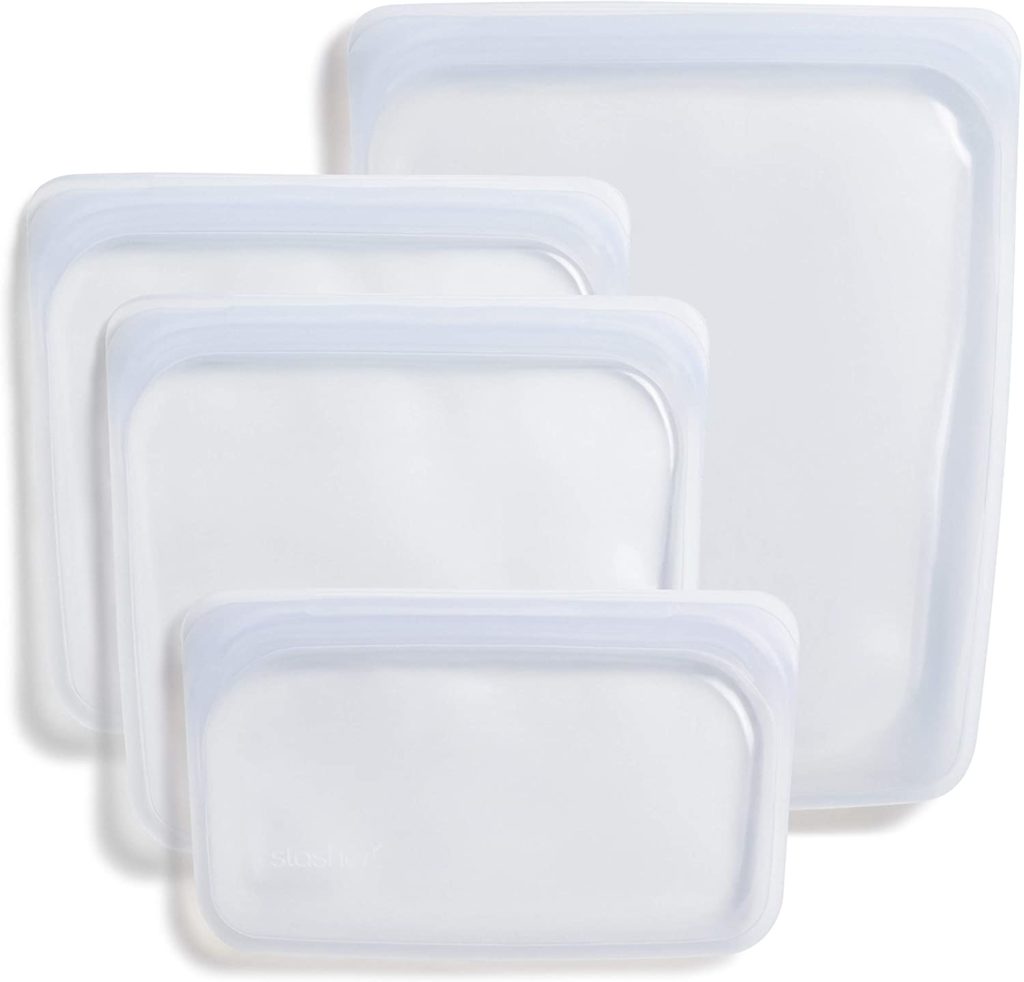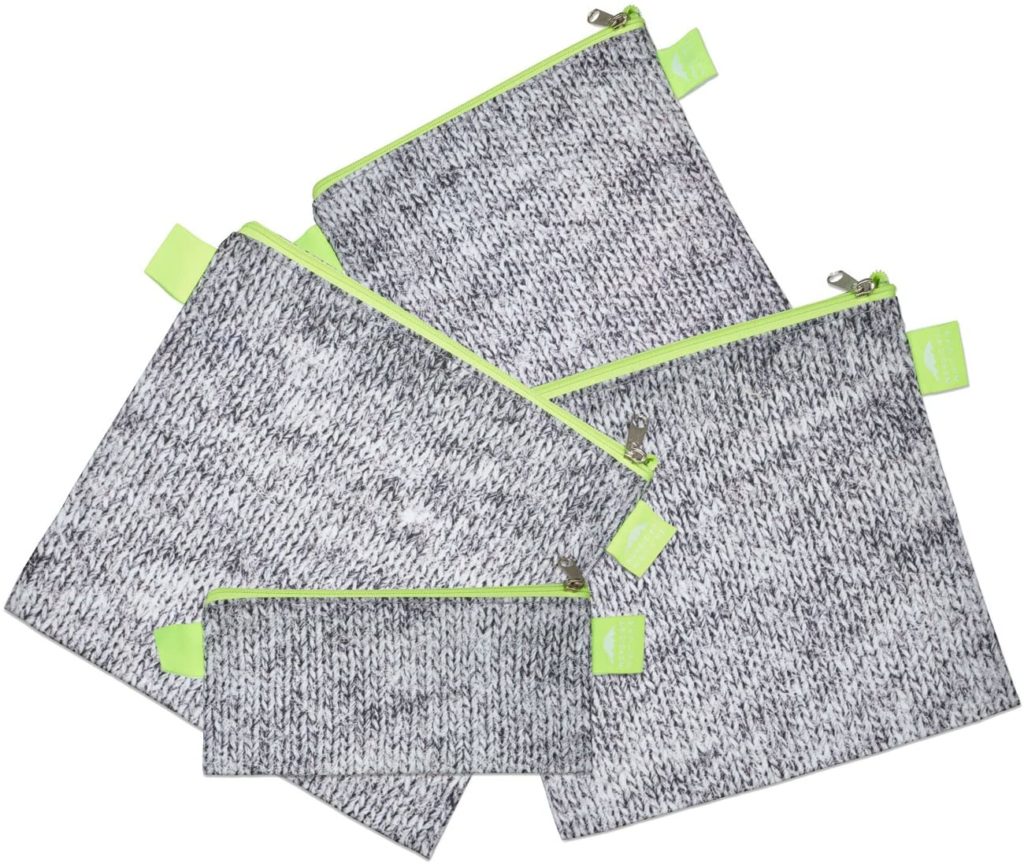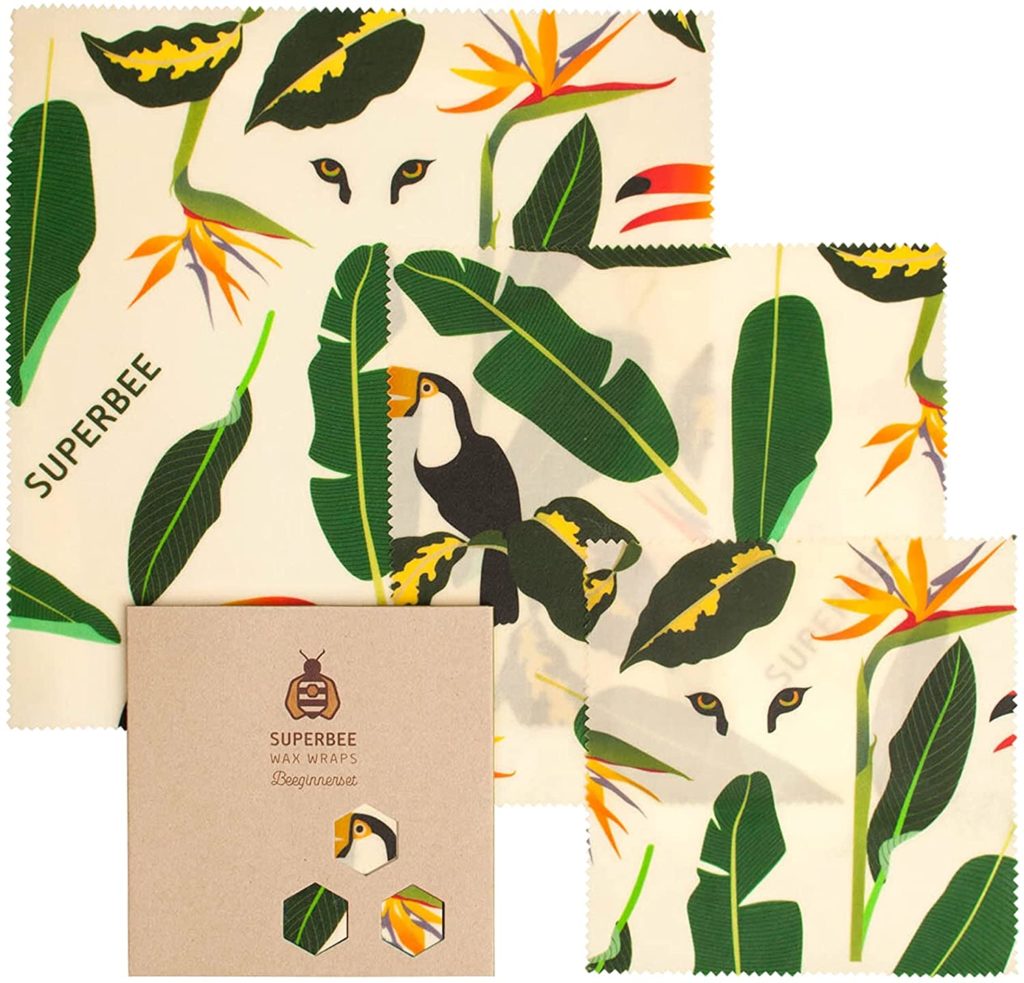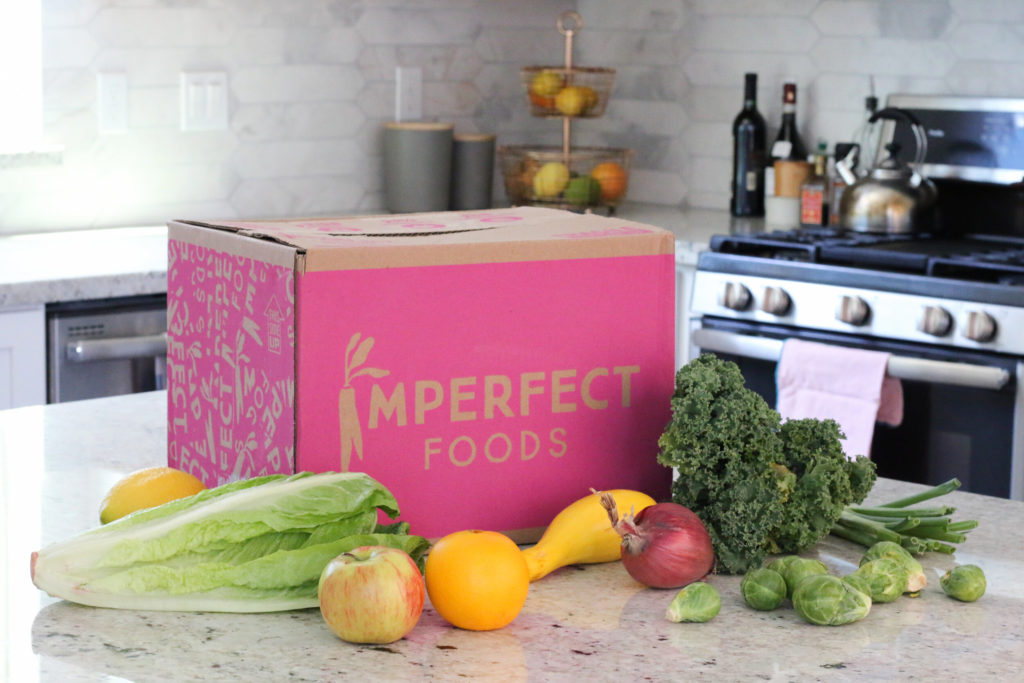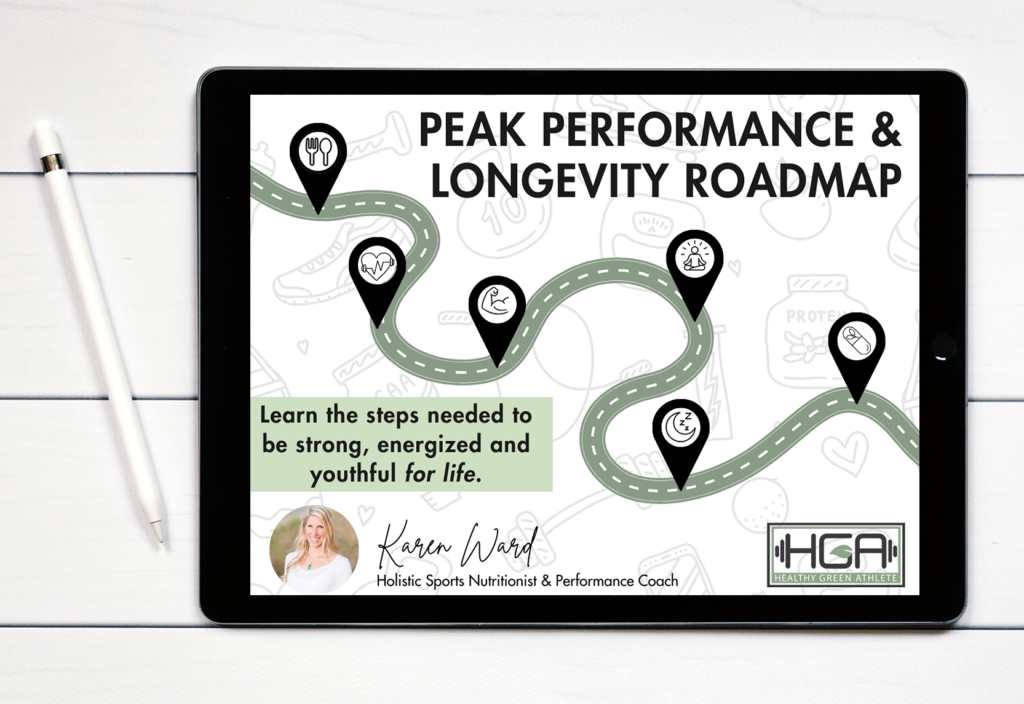Having a more eco friendly kitchen is often associated with SAVING some green in your wallet so it’s a win-win for you, your bank account and the environment. Here are 10 ways you can incorporate green practices when you’re whipping up those Healthy Green meals.
1. Use fabric or unpaper towels instead of paper ones.
Drying your hands while cooking or cleaning your counters with paper alternatives is a great way to reduce paper use in the kitchen. Sustainable materials such as hemp and linen are great alternatives because they are more absorbent than cotton. They also have anti-microbial and anti-fungal properties. That means they won’t start to smell like cotton or synthetic towels.
These hemp towels are the perfect addition to an eco friendly kitchen. Next time you’re whipping up your real food dinner from scratch, you’ll be so glad you have them. And you’ll probably never go back to regular paper towels.
If you want the convenience of paper towels but still want to be green, try these Unpaper towels. They are made with cotton so they are durable, absorbent, and reusable. They are also machine washable so you can feel good about using more than one of these while you’re cooking and cleaning.
2. DIY cleaning products with green ingredients.
Swapping out conventional cleaning products with less toxic ones can kitchen more eco-friendly. Doing this reduces exposure to harmful chemicals so the swap will benefit your physical and mental health. Replacing toxic products with non-toxic ones can be very simple and inexpensive. If you have any white vinegar and baking soda lying around, you can use them to make all sorts of effective cleaning products. Essential oils can be used to boost effectiveness and customize the scent of these homemade products. Citrus essential oils such as bergamot, grapefruit, and lemon smell great and have natural cleaning power. Other fantastic essential oils for DIY kitchen products are eucalyptus, tea tree (or melaleuca), and Doterra’s Purify Cleansing blend. A couple of my favorite resources for DIY household products are the books Green Enough by Leah Segedie from Mamavation and The Modern Organic Home by Natalie Wise.
3. Batch cook your meals to save energy.
I often work with clients who have incredibly busy lives so I recommend cooking all of their meals for the week at the same time. Turns out this practice of batch cooking not only saves time throughout the week but also saves energy and water. With pre-cooked meals, the energy used to warm them up and the water used to clean up after cooking is much less than it would be if you were cooking and cleaning every day.
Some of my favorite kitchen items that are great for cooking a large amount of food at one time are:
- Using a commercial size baking sheet like this one is my favorite way to roast a lot of vegetables at one time. We call it the sled in our house because it’s big enough for an adult to ride down a snowy hill on. I’m all about multi-purpose items!
- This extra large 10-quart crockpot or this 13-quart pressure cooker – go big or go home, right?
- A 14-inch skillet or this 16-inch wok is great for stir-frying
- An extra-large glass baking dish for those family-sized casseroles – like this 5-quart one
Batch cooking is also one of my favorite meal prep tips because it reduces the amount of total cooking (and cleaning!) time. To learn more tips, check out this post.
4. Use glass and stainless steel for food storage containers.
Upgrading your food storage is a great way to create a more eco friendly kitchen. As noted in this post, I believe that the containers you use can contribute to successful meal prep. When it comes to food storage, we’ve come a long way since the days of Tupperware parties. There are a lot of alternatives to plastic out there that are made with glass, or stainless steel. These alternatives are also more durable than the plastic versions so they last longer and you’ll be saving money on replacing old plastic containers.
5. Use reusable storage bags and food wrap.
In addition to glass and stainless steel food containers, there are also plenty of eco friendly alternatives to plastic storage bags and wraps. They are made with sustainable, food-safe materials and are reusable so you generate less waste. This organic and reusable food wrap is a great way to store leftovers and these reusable food bags are a must for packing meals that include snacks and sandwiches.
6. Reduce food waste.
There are a lot of companies popping up these days that rescue produces that would otherwise be thrown away and sell it at a discounted price. My favorite is the grocery delivery service, Imperfect Foods because it allows you to customize the food you receive every week and it’s more than produce.
According to this US Today article, 31- 40% of food is never eaten which translates to billions of pounds of food accumulating in landfills every year.
This waste accounts for 20% of landfill waste and even though it does break down naturally the decomposition process releases methane into the air which is a greenhouse gas that is 21 times more powerful than carbon dioxide.
Another strategy to reduce food waste is to plan ahead. Meal planning and creating grocery lists based on your schedule for the week is a great way to reduce food waste. It’s healthier for you and for the planet.
Whenever possible, get creative in your eco friendly kitchen by reusing food scraps instead of throwing them away. Save bacon grease and use that to cook your next meal instead of using cooking oil, or save animal bones and the parts of vegetables that you cut off like the tops and stems) to make delicious broths and stocks. For more ideas on how to reuse food scraps, check out this article from Green Talk.
7. Green-ify your kitchen gadgets and utensils.
No eco friendly kitchen would be complete without the proper tools. Instead of purchasing plastic items for cooking, opt for cutting boards, mixing bowls and utensils made from wood or metal instead. These materials are more durable and often easier to clean than plastic. Here are a few of my favorites:
8. Shop local or, better yet, grow your own.
Buying local produce as ingredients for your meals is a great way to show your support for your environment. As an added bonus, buying local increases the taste and quality of your meals. When you purchase products from a farm or Community Shared Agriculture program, the time between picking and the time you consume it is shorter than produce bought at the grocery store thereby maximizing freshness. To find a CSA near you, visit one of these websites:
- FarmShares.Info – for those that live in Colorado, Wyoming, Utah or Idaho.
- Share Family Dinner – for those in New Hampshire and Maine.
- USDA CSA Directory – search by zip code to find participating farms nearest you
You can also grow your own vegetables or herbs at home by maintaining a garden in your backyard, balcony, or kitchen counter depending on how much space and time you have to garden. Tower gardens like this one are all the rage these days because they allow you to grow food without the maintenance of a garden.
If you want something that takes up less space, here’s a cool herb growing kit that you can keep on a countertop to get you started on your way to eco-friendly cooking with fresh ingredients.
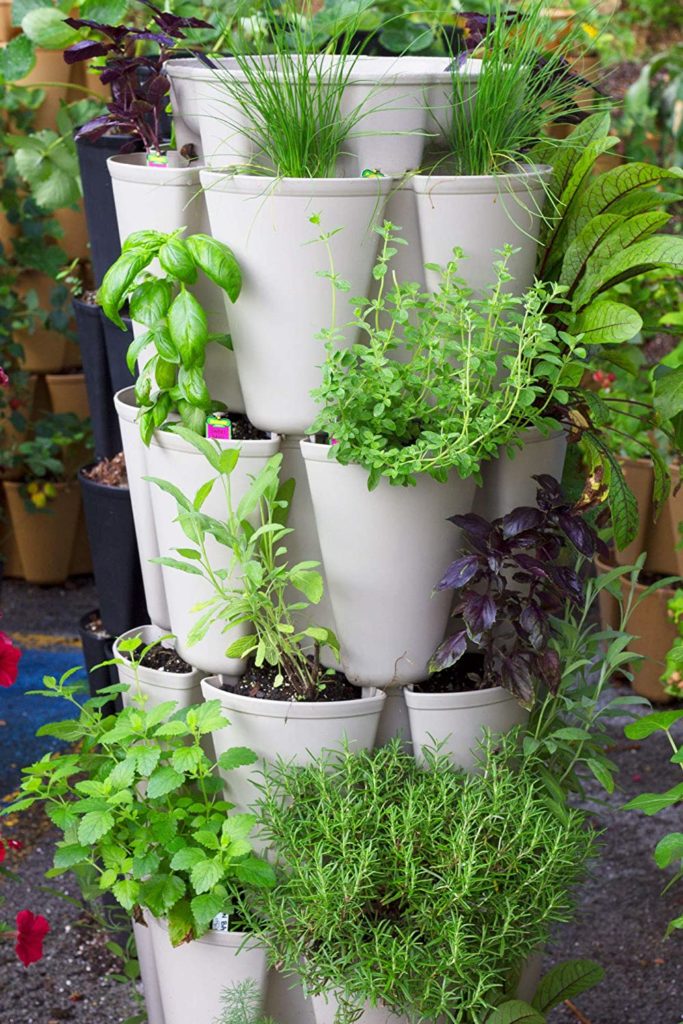
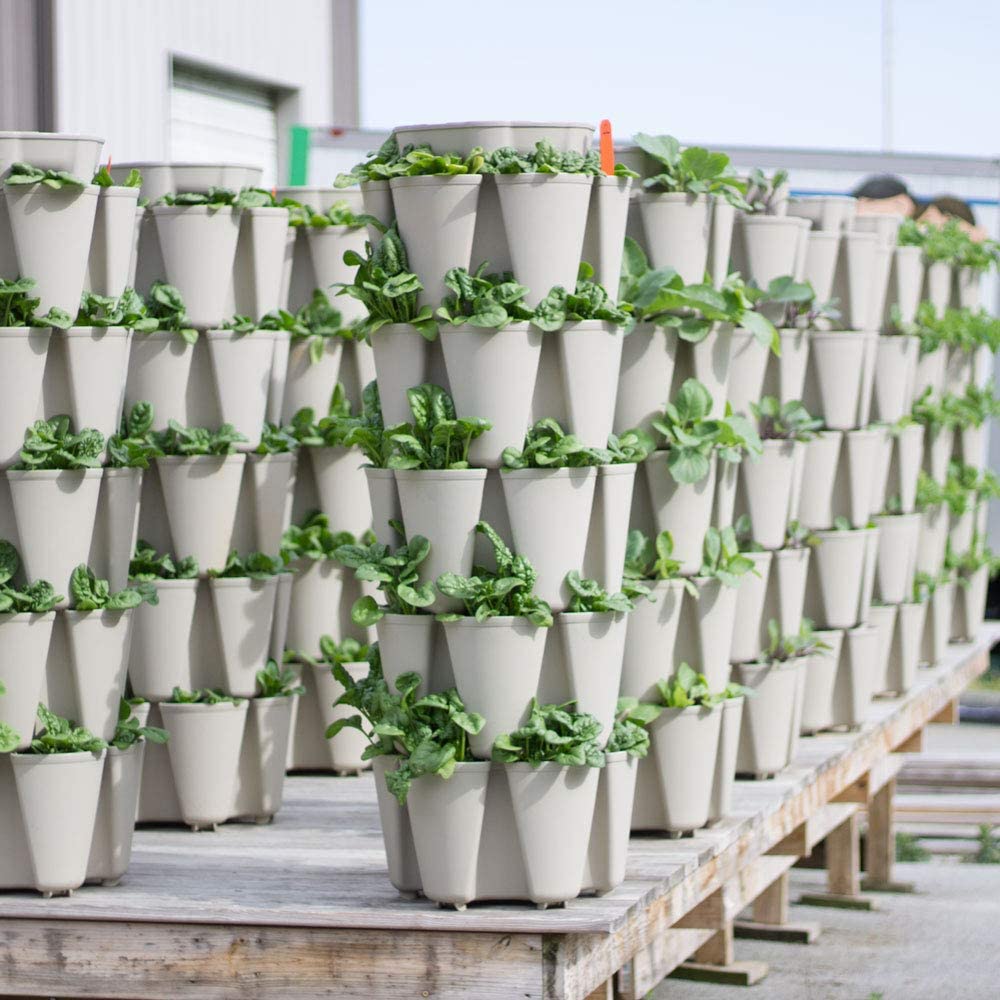
9. Invest in a pressure cooker.
Pressure cookers are a fantastic way to save energy because they significantly decrease the amount of cook time. My favorite, the Instant Pot, makes meals in a jiffy without sacrificing flavor or texture. Just to give you an idea of the magic of the instant pot, you can take frozen chicken breasts, cook them in the Instant Pot for 10 minutes and they are ready to be served. No defrosting or preheating is needed!
Here’s a great recipe round-up from The Kitchn that features 50 pressure cooker recipes using whole food ingredients.
10. Buy spices in bulk and store in stainless steel.
If you like to use a lot of different spices in your cooking or if you find yourself using a lot of one particular spice, you might want to consider buying in bulk and then storing them in glass spice jars or these magnetic stainless steel tins. This reduces the amount of small plastic containers in your kitchen, preserves freshness and keeps your beautiful eco-friendly kitchen more organized.
